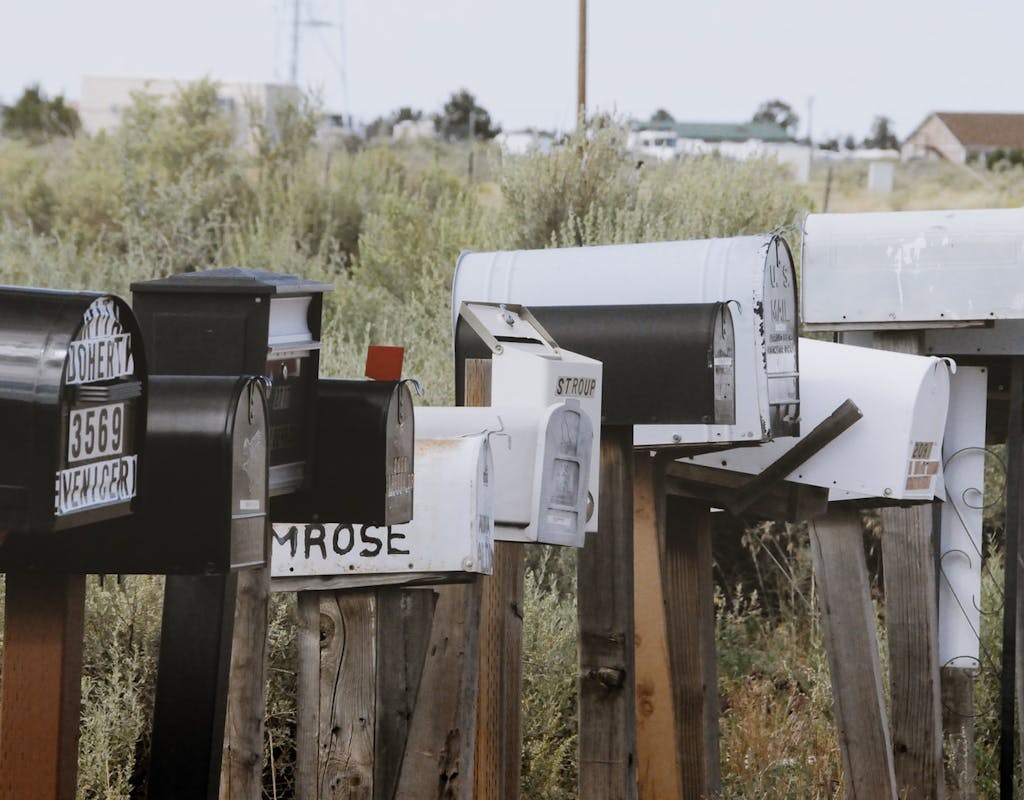As a job-seeker, receiving a rejection is devastating – but receiving no answer at all is even worse. We all know that delivering bad news is never fun and most of the time rather uncomfortable. Since companies are not obligated to send out rejection letters, it is to some degree understandable why one would rather just ignore the issue.
Answering someone who put their time and effort in applying to work for you, however, is not only the respectful and kind way, it is also a question of professionalism. Additionally to the humane aspect of rejection emails, there is also a business aspect which needs to be taken into consideration. With social media channels and assessment portals like Glassdoor and Kununu, every interaction with external parties of any sort will reflect on your employer brand directly.
Read our article “HR as Marketing: How Companies can build their Employer Brand” to find out how to effectively use your recruiting process to strengthen your employer branding.
Timing
Since a recruiters job includes a lot more than just interviewing potential candidates, it is clear that they are often rather busy. Everyone understands that with a job opening there are many applications to go through. What is important though, is to let the candidate know that too. There should be initial feedback which lets the applicant know that their application was received, is in progress and that it might take some time before they receive an answer. After screening an application or conducting an interview, it is indeed important to make a decision and communicate it in a timely manner but you also do not want to answer too quickly. Candidates tend to believe that there should be days of reflection, in reality, you know within 6 seconds of looking at the CV or 90 seconds into an interview if the candidate will not move further along in the process.
A super quick reaction can be seen as though the decision of rejection was made without any sufficient consideration giving the applicant the feeling they did not have a fair chance.
Write or call?
The further along in the process the applicants are, the lesser the number of candidates. In the beginning, it is best to send out the rejection letters in written form via email, as this takes up less time while still allowing you to give valuable feedback. Once the applicant invested a significant amount of time in this application in form of multiple interviews, a personal rejection via call should be considered. This can show the applicant that you truly care and – if well done – it could potentially also further strengthen your employer branding. If you decide to call, however, keep in mind that most people prefer to receive bad news in written form. It is your job to lead this call and give the candidate qualitative feedback without putting them into an uncomfortable situation.
Wording
Most importantly, any type of rejection letter is better than no rejection letter at all. Depending on how far the candidate is in the application process this letter can either be very short or a little bit longer. Most experts recommend not to go into too much detail when it comes to rejection letters, and while we do agree with this, we also do recommend, however, to make them more individual as the candidate moves down the application process. You do not have to specifically say why a candidate got rejected to make sure that they feel like you appreciated their time and effort – It is not about what you say, but how you say it.
Thank the applicant for their application and for considering your company
If the candidate made it to the interview phase of the application process, it is very likely that they put a lot of time and effort into this application. It is important to make sure that they know that you appreciate them and respect their time. Instead of saying “Thank you for applying for this position” try saying “We highly appreciate the time and effort you put into your application to our company. Thank you for considering us as your employer.”
Tell them your decision
Make sure to clearly communicate your decision before you give any further explanation. Make it short and precise and try not using an excessive amount of negative words and phrases such as “unfortunately”, “sadly” or “we regret to inform you” and use confident and strong language like “After careful consideration, we decided”. It is important to not raise any hope in the candidate if you already know that there is none.
Give feedback
Depending on the stage of the application process, you might want to consider giving the applicant feedback. Although, legally speaking, it is safer to not go into detail about the reasons for the rejection, giving constructive feedback will truly add value and help the candidate on their future job search. Additionally, many recruiters say that dealing with the reasons for rejection also helps themselves a lot in figuring out what they are really looking for in this position, as they need to evaluate exactly why this candidate did not fit the requirements.
To not get into any legal conflicts, focus your feedback on the job description. Did the candidate not match the required experience or skill? Or did they maybe have too little knowledge in a specific field? Stick to words used in the job description to remind them, that this is not a personal issue but solely a professional one. If you are not comfortable with giving reasons for the rejection, give the candidate feedback on what they did really well or what you believe they excelled in. This does not only help them with their future applications, it also shows that you really considered them and concerned yourself with their application.
Close the letter positively
After receiving a rejection letter the applicant will naturally feel disappointed – what is important, however, is that they do not feel depreciated or irrelevant. Conclude the letter by wishing the candidate a successful future job search and good luck on their future career path.
MoBerries can help you even further by not only closing the letter positively, but by adding additional value. Easily integrate the MoBerries referral link, which you can find on your Moberries dashboard, into your email. By doing this declined applicants can access hundreds of jobs within the MoBerries network. Offer your applicants not only feedback, but also a chance to find a great job, fast and easy.
General Data Protection Regulation
Last but definitely not least, with the increasing regulations on data protection comes a lot which has to be considered when recruiting. A company is allowed to keep the data as long as they might need it to defend themselves legally. After two months within application, however, the deadline for an applicant to take legal action due to reasons of discrimination expires, meaning the data has to be deleted definitely. Storing data of rejected candidates for future purposes is only allowed if the candidate clearly gave their consent.
Are you a company and currently searching for employees? MoBerries matches actively looking candidates with companies! Use our full automated candidate sourcing channel and hire across all channels with just one solution for the best price on the market.
Are you currently looking for a new job? MoBerries supports you in finding the perfect one! Simply upload your CV and get matched – Free and fast.







